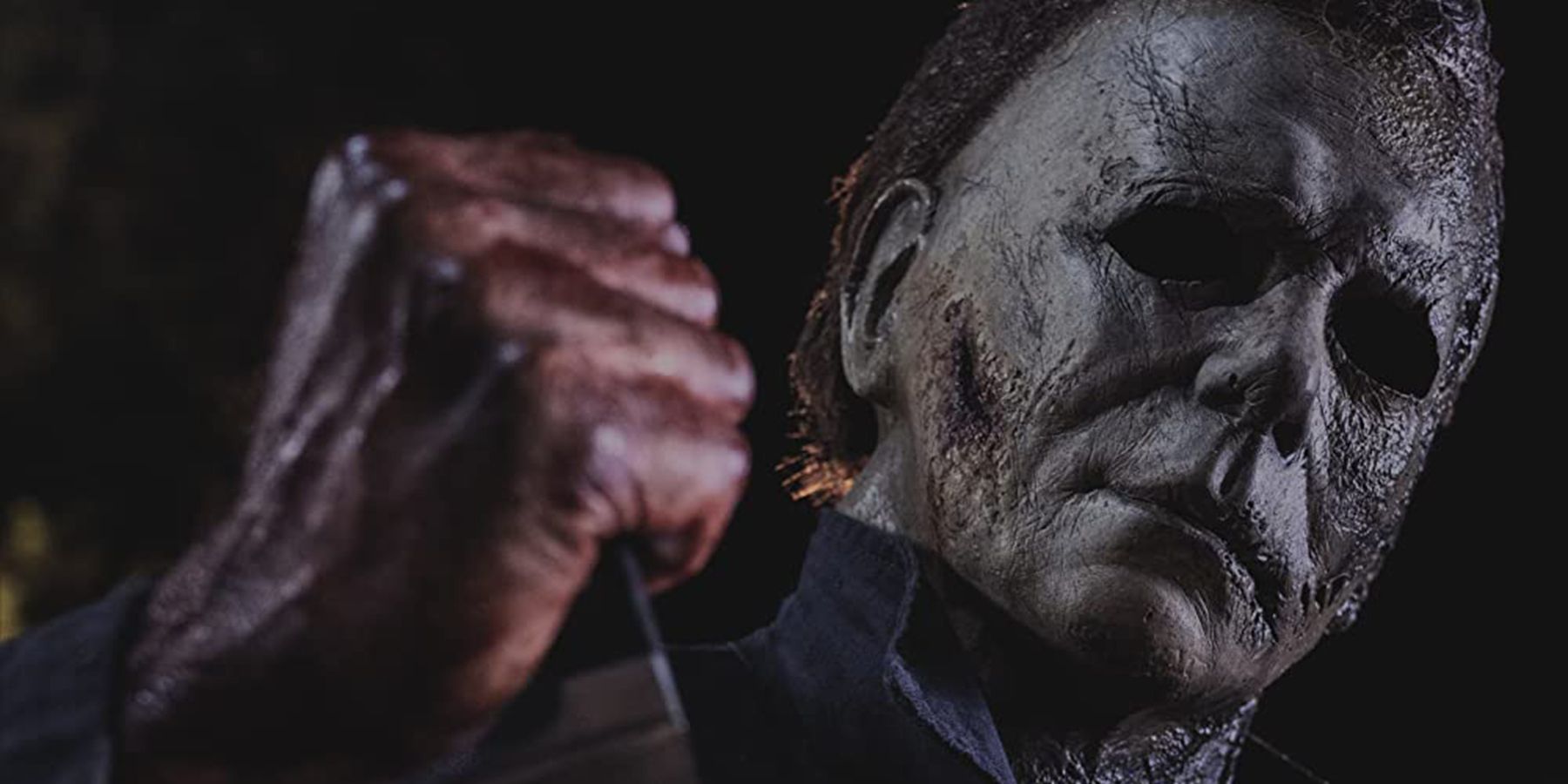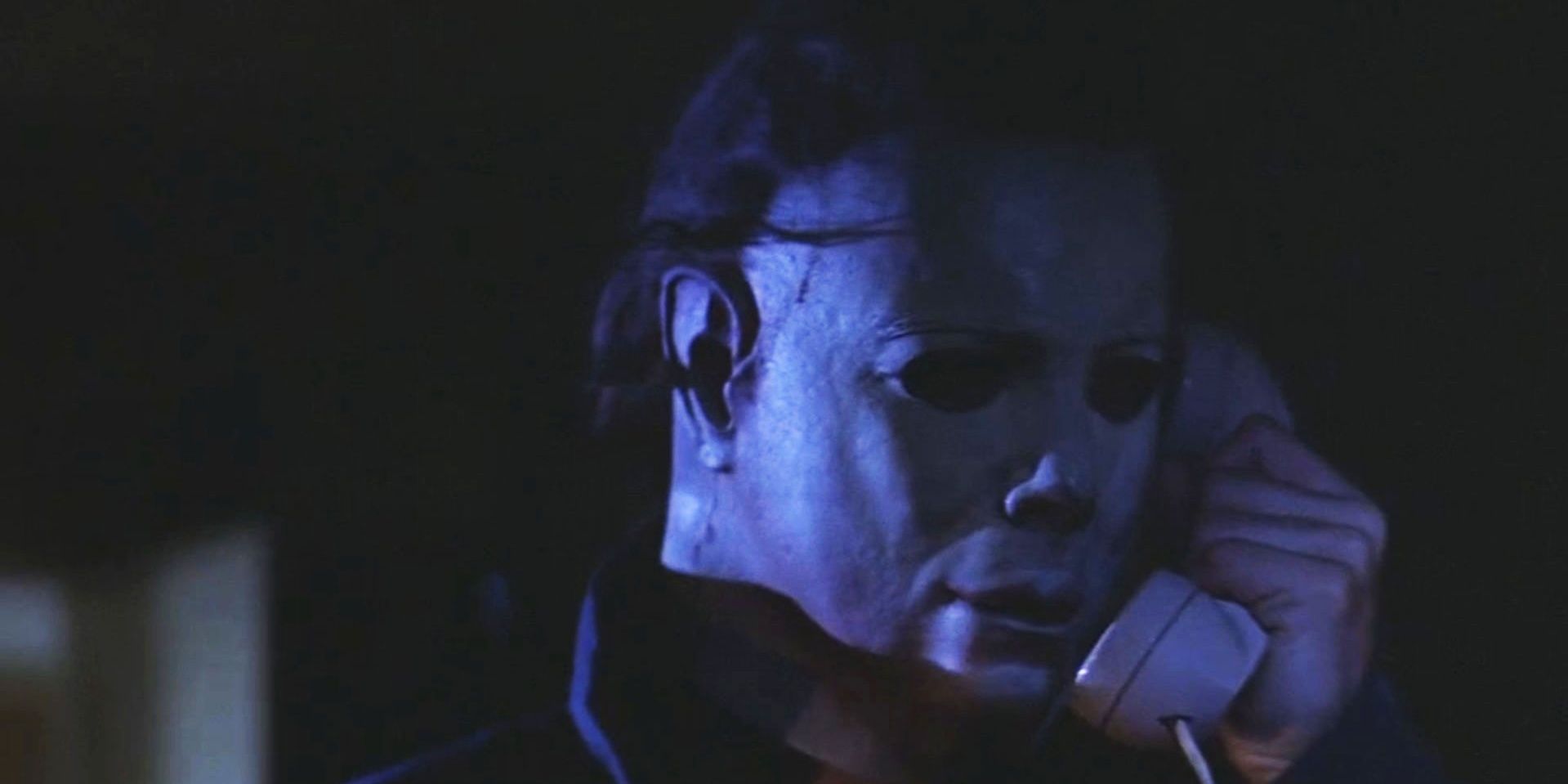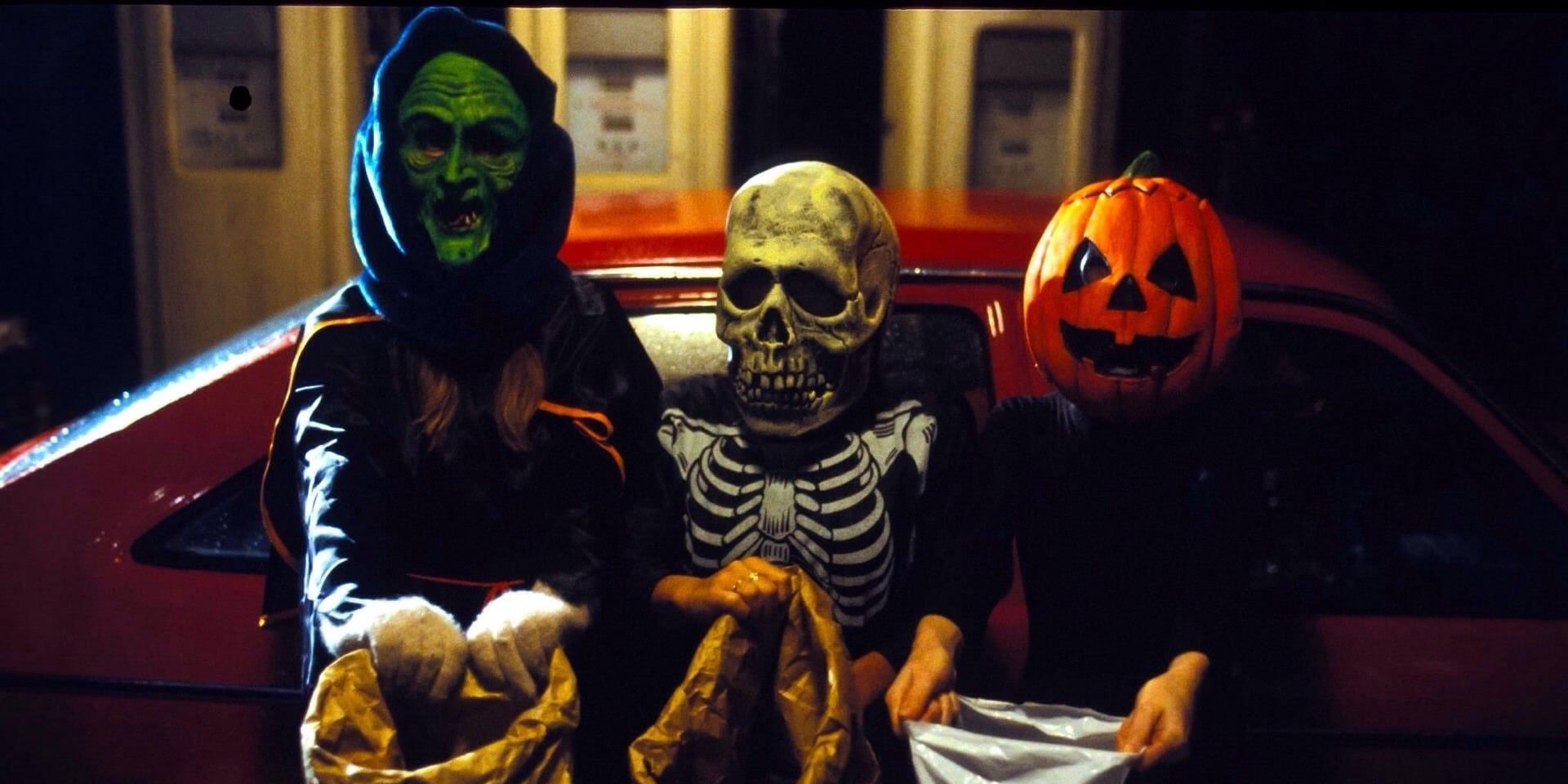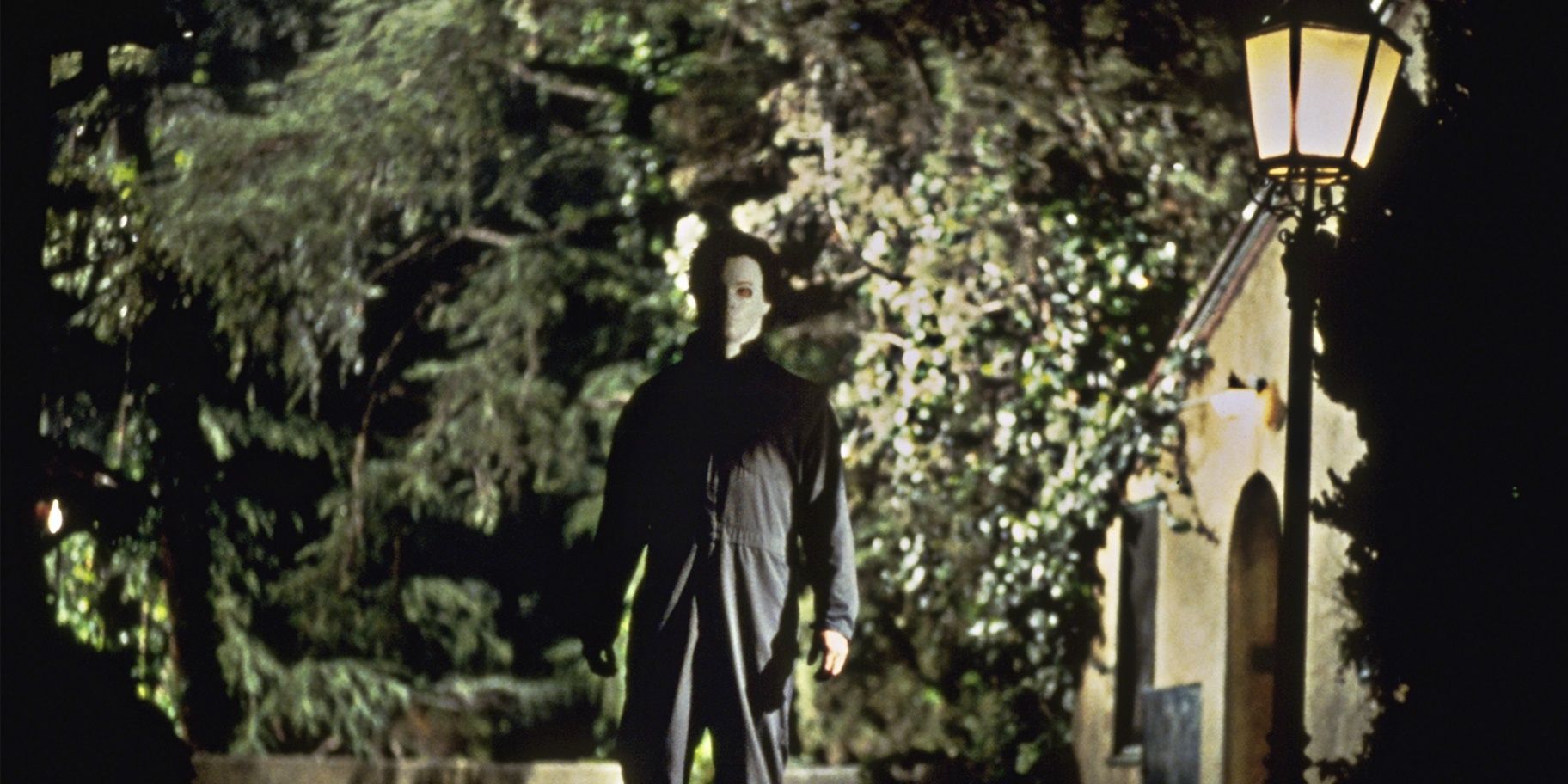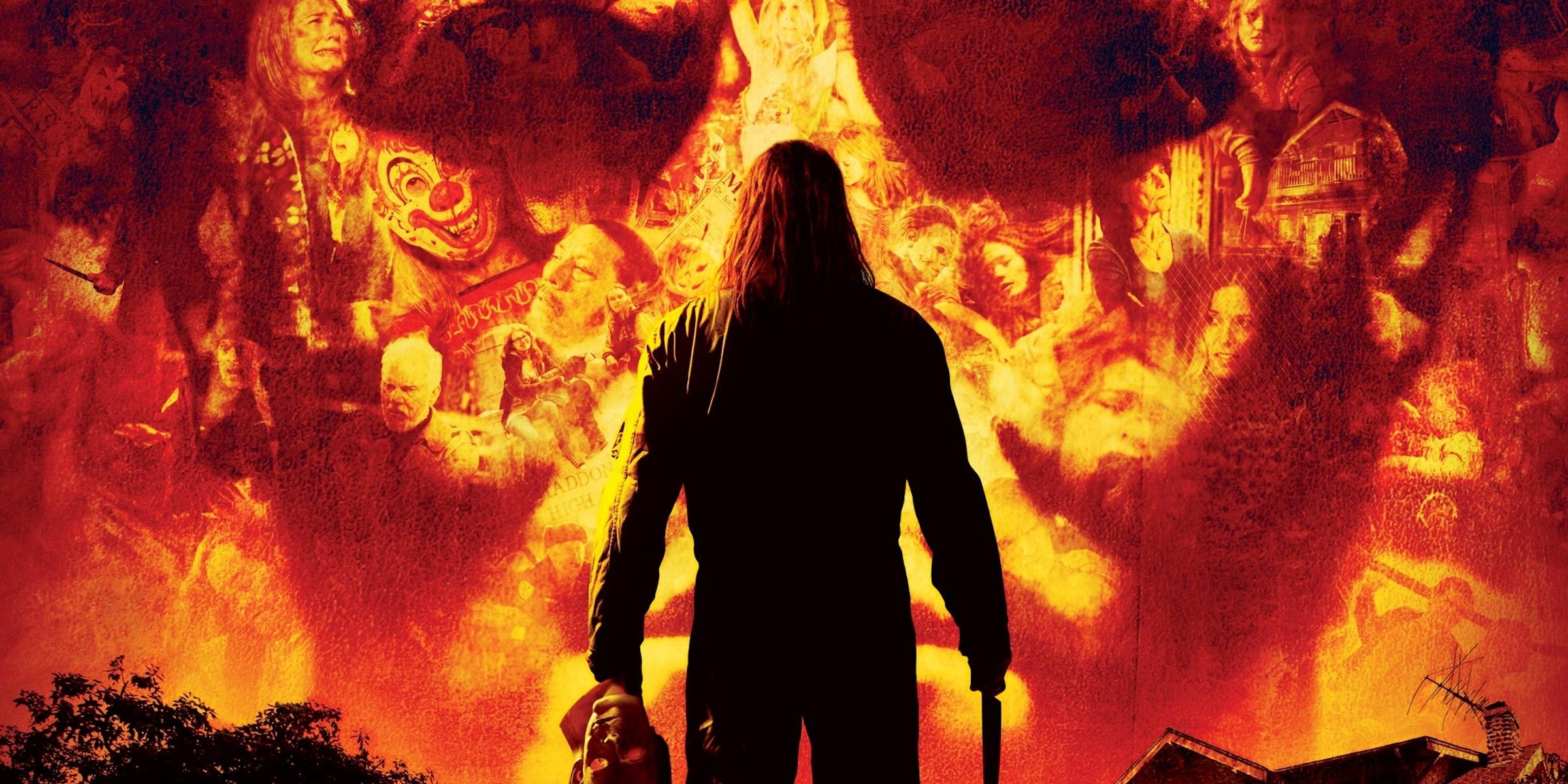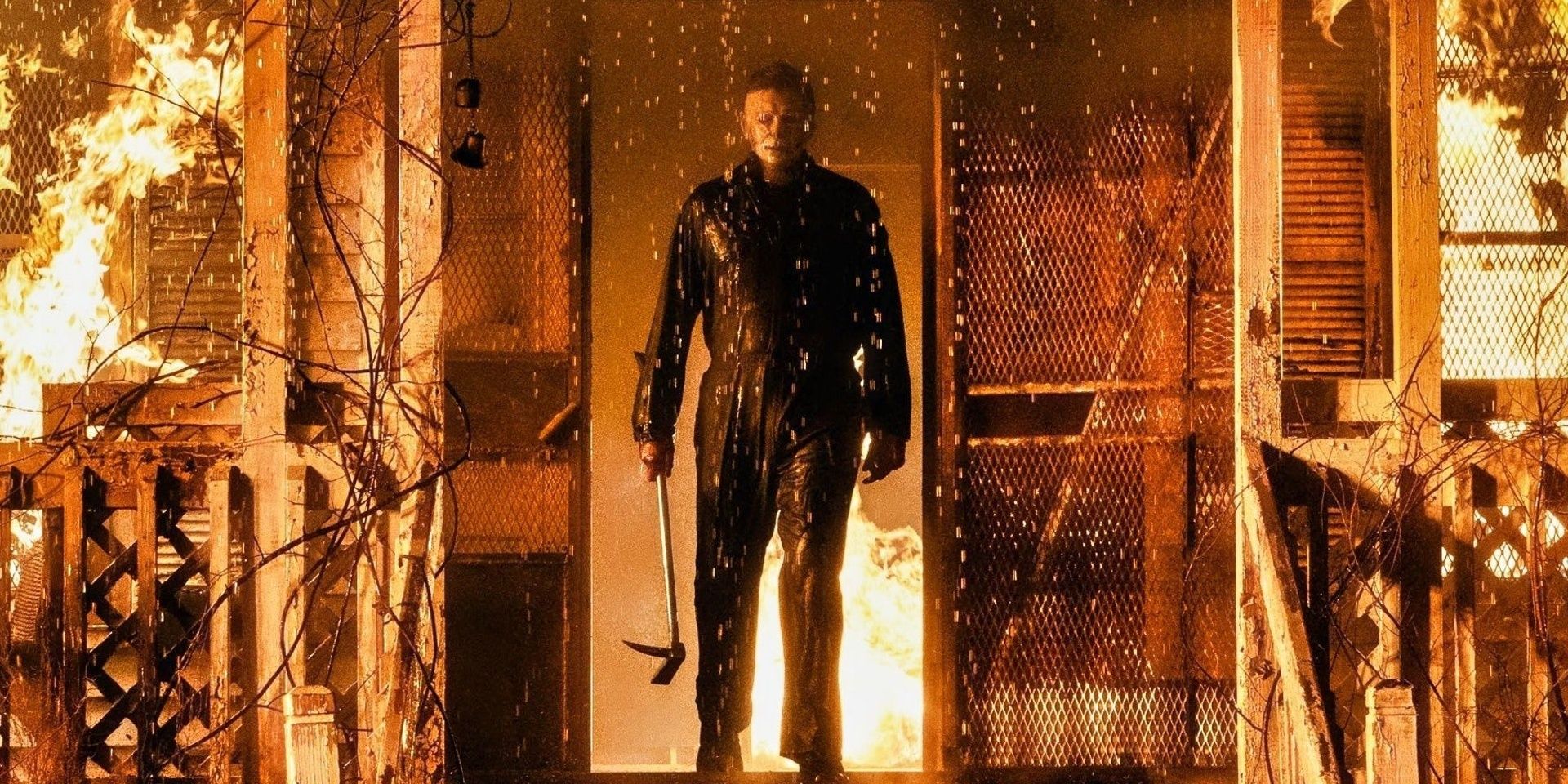The Halloween franchise is arguably the most famous horror movie franchise of all time. Michael Myers is synonymous with the Boogeyman, and his white, emotion-barren mask is as recognizable as any character design in Hollywood’s arsenal. Since first launching onto the silver screen in 1978, there have been a whopping 12 Halloween films. They have been made by different directors, featured different actors, and even had differing timelines. With the exception of one film, each Halloween entrant focuses on Michael Myers and his reign of terror and mayhem.
However, there is a conundrum to watching the Halloween films, especially for newer viewers. The quagmire is this: there are several narratives and timelines throughout the franchise. It gets confusing fast, especially considering that there have been multiple reboots in the 21st century.
One of the Halloween timelines suggests that Michael Myers is a supernatural figure. Another says that his prerogative is to kill his younger sister. Yet another suggests that he just wants to go home to be left alone by greater society. Most Halloween films claim that Michael Myers evil made flesh, while the Rob Zombie-directed Halloween entrants suggest he is the byproduct of a broken home and bullying. As one can deduce, the Halloween narrative and timeline get confusing very quickly. However, there is a way to organize all of the various timelines.
Timeline One: Halloween, Halloween II, Halloween IV, Halloween V and Halloween VI
This timeline might be the most linear one, and the easiest to explain and digest. In the opening sequence of Halloween, a very young Michael Myers murders his older sister with a butcher knife. He is subsequently institutionalized, but escapes on Halloween night fifteen years later. The first two Halloween films chronicle the return of an adult Michael Myers to Haddonfield, Illinois. The Boogeyman butchers his way through the town and its hospital without a second thought.
At the end of Halloween II, Michael Myers is presumed dead by fire. However, he is rescued by paramedics in the beginning of Halloween IV, much to their misfortune. Halloween IV, Halloween V, and Halloween VI all flow directly from the events of Halloween and Halloween II. Furthermore, Halloween V picks up exactly where Halloween IV ends, seemingly nodding to the flow of Halloween and Halloween II.
What breaks up the three later installments from the first two is that they portray Michael as a servant of evil, involving convoluted plots about dark magic and Samhain. The first two installments demonstrate Michael to simply be an out-of-control killer who is extremely hard to take down.
Timeline Two: Halloween III
Halloween III is the one film in the franchise that makes no mention of and does not feature Michael Myers. This story is about a toy factory in a dusty, forgotten town whose owner wants to destroy the world using some kind of Stonehenge-related witchcraft and hypnotism. This movie exists in a separate reality where the Michael Myers movies are just that: movies. Early in the movie, a commercial for the original Halloween plays on a television.
The film is quirky, bizarre, and very violent – it might have made a good film in its own right during the early 1980s, but is a bit misleading as a Halloween film. Michael Myers had already become something of a pop culture sensation, so having a film in the Halloween canon that did not feature him was probably a mistake.
Timeline Three: Halloween, Halloween II, Halloween H20 and Halloween: Resurrection
As previously explained, Halloween and Halloween II flow together rather seamlessly. The latter takes off immediately where the former left off. However, the film runners probably recognized that the convoluted cult-and-dark-magic plots of Halloween IV, Halloween V, and Halloween VI were not in the spirit of Halloween and Halloween II.
Halloween H20 released 20 years after the original Halloween film slashed the silver screen. It also takes place 20 years after the events of Halloween, though Halloween H20 takes place in California rather than Haddonfield, Illinois. This is because Michael Myers is hunting down his sister, Laurie, who survived the tragic events of Halloween and Halloween II, but was absent in the subsequent Halloween films.
Furthermore, Michael Myers is presumed dead and decapitated at the end of Halloween H20, but this was a clever bait-and-switch by the filmmakers that is resolved in the first few minutes of Halloween: Resurrection.
Timeline Four: Rob Zombie’s Halloween and Rob Zombie’s Halloween II
Rob Zombie’s Halloween projects were very much his own, and they stand aside from every other Halloween film. The eclectic director and musician made these films both remakes and a more pronounced origin story for Michael Myers.
The first of these projects takes its time exploring what eventually lead to Michael Myers becoming a mass murderer. An abusive, broken home and excessive bullying seemed to bring the young Michael to the brink. This makes Michael Myers a more sympathetic villain rather than just a young man who, in the original 1978 Halloween film, is said to have “the devil’s eyes.”
The second project delves back into witchcraft, much like Halloween IV, Halloween V, and Halloween VI. It was not received well by critics or fans of the original franchise, and was Rob Zombie’s last stab at producing a Halloween film.
Timeline Five: Halloween, Halloween II, Halloween (2018), and Halloween Kills
This final timeline is the third one to feature the original Halloween movie and Halloween II. The fifth timeline completely ignores the events of every other Halloween project besides the original two. Where Halloween H20 was a celebration of 20 years of Michael Myers, 2018’s Halloween served as a forty-year celebration of the Boogeyman. The story is a no-nonsense approach to the return of Michael Myers. It features an older portrayal of the villain, but one who is not necessarily hunting his sister. In fact, quite the opposite is true.
Michael Myers is once again presumed dead at the conclusion of 2018’s Halloween, but savvy fans of the franchise are too wise to fall for that ploy again. In the opening few minutes of Halloween Kills, the most recent installment in the franchise, Haddonfield firefighters extinguish the blaze that takes down Laurie Strode’s house, with Michael trapped in the basement. Michael Myers emerges from the burning house and makes mincemeat of the firefighters with extraordinary and explosive violence. He absolutely rampages throughout Haddonfield, setting up a 13th Halloween installment set to hit theaters in 2022. This film will serve as the conclusion of a trilogy: 2018’s Halloween, Halloween Kills, and Halloween Ends.
As one can see, the Halloween narrative gets blurry and confusing rather quickly. Audiences can sort of choose which timeline they prefer. No matter which someone chooses, there is sure to be plenty of slashing goodness ahead.
Halloween Ends is currently scheduled to be released on October 14th, 2022.

